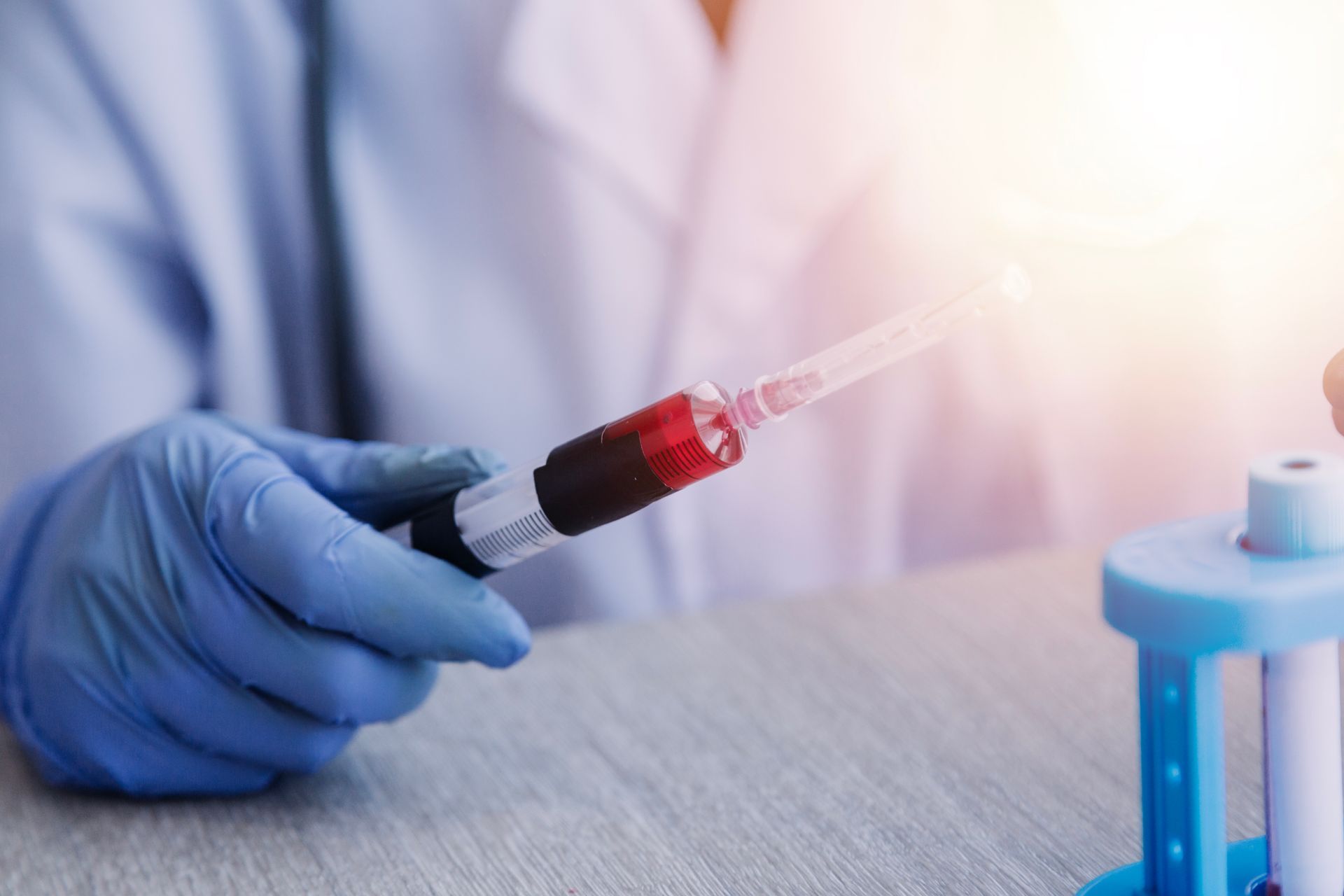How Non-Surgical Joint Pain Relief Works
Joint pain can be a persistent nuisance, hindering mobility and curtailing the activities that once brought joy and vitality. Yet the path to regaining freedom of movement does not always require surgery or powerful pain medications. Non-surgical joint pain relief options—like those practiced at Chronic Care of Richmond—focus on treating the root causes of pain and helping patients recover naturally. From regenerative medicine to physical therapy, these methods can offer life-changing results for individuals eager to reclaim an active lifestyle.
The Importance of Non-Surgical Options
Unlike surgical interventions, non-surgical treatments often carry fewer risks, require less downtime, and generally have fewer complications. They’re also more focused on holistic improvements, aligning with the body’s own healing processes.
Research from the National Institutes of Health suggests that early intervention with conservative treatments—such as physical therapy or specialized injections—can help many patients delay or even avoid invasive procedures. These approaches can also reduce reliance on opioid-based treatment methods, which can lead to addiction and other side effects.
Regenerative Medicine and Joint Health
One increasingly popular avenue of non-surgical joint pain relief is regenerative medicine. The term typically comprises treatments such as platelet-rich plasma (PRP) injections, proliferative therapies, and other biologic procedures that strive to rebuild damaged tissues.
- Platelet-Rich Plasma (PRP): PRP injections use components of a patient’s own blood to accelerate healing. By isolating and concentrating platelets—cell fragments vital for blood clotting—PRP capitalizes on the body’s regenerative capacities.
- Proliferative Therapies: These can include injecting mild irritants to stimulate tissue repair in areas of chronic pain. This local stimulus can promote new tissue growth and structural strengthening.
When administered by experienced medical professionals, regenerative treatments may help decrease inflammation and support overall joint stability. While results vary from person to person, many individuals report a significant reduction in pain and improved range of motion over time.
Physical Therapy and Exercise-Based Rehabilitation
Physical therapy remains a cornerstone in non-surgical joint pain relief for good reason. By focusing on exercise, posture correction, and specialized equipment use, a qualified physical therapist can retrain joints, muscles, and connective tissue to function more efficiently.
A study in the Journal of Orthopaedic & Sports Physical Therapy found that exercise-based therapy can improve mobility and reduce pain levels for patients with knee osteoarthritis when compared to more passive interventions. The rationale is straightforward: properly activated and strengthened muscles offer better support to surrounding joints, mitigating the daily strain that typically leads to discomfort.
Lifestyle Adjustments for Long-Term Relief
In tandem with specialized therapies, doctors and physical therapists often recommend lifestyle changes that help sustain progress:
- Weight Management: Excess body weight exerts additional pressure on joints, especially those in the hips, knees, and ankles. Maintaining a healthy body mass index can mitigate stress on these areas.
- Low-Impact Exercise: Activities like swimming, yoga, and cycling help keep joints moving without jarring them. Regular movement promotes circulation and may stabilize areas prone to inflammation.
- Anti-Inflammatory Diet: Foods such as fatty fish, leafy greens, and berries can support a body-wide reduction in inflammation. This dietary shift may complement regenerative or exercise-based treatments, potentially accelerating recovery.
The Holistic Nature of Non-Surgical Treatments
One of the greatest benefits of non-surgical interventions is their holistic nature. They often combine several components of care—regenerative medicine, hands-on therapies like chiropractic or physical therapy, lifestyle counseling, and more—to foster comprehensive improvement. Rather than focusing on merely the symptomatic neighborhood of the joint, these treatments aim to restore health across the interconnected systems in the body.
While results inevitably vary based on an individual’s overall health, activity level, and the severity of their condition, non-surgical pathways often promote a deeper, more sustained relief. By emphasizing functional restoration, these approaches give many people the chance to continue working, enjoying hobbies, and participating in family activities without the interruption of extensive surgical recovery.
Explore Your Path to a Pain-Free Life
Non-surgical joint pain relief holds promise for individuals who wish to avoid the risks and downtime associated with surgery. Techniques such as regenerative medicine, physical therapy, and targeted lifestyle adjustments can transform everyday life and provide renewed independence to those who’ve struggled with discomfort for years.
If you’re ready to see how these cutting-edge treatments might work for your situation, visit the Chronic Care of Richmond contact page to book an appointment. You can also learn more about the range of therapies available through our services section. By embracing a non-surgical, patient-centered approach, you might discover that lasting relief and a more active life are closer than you think.




